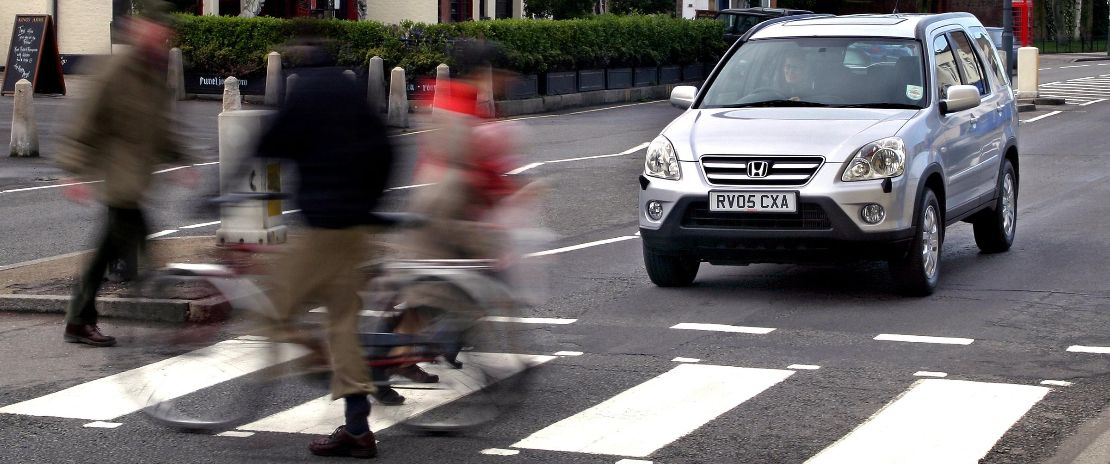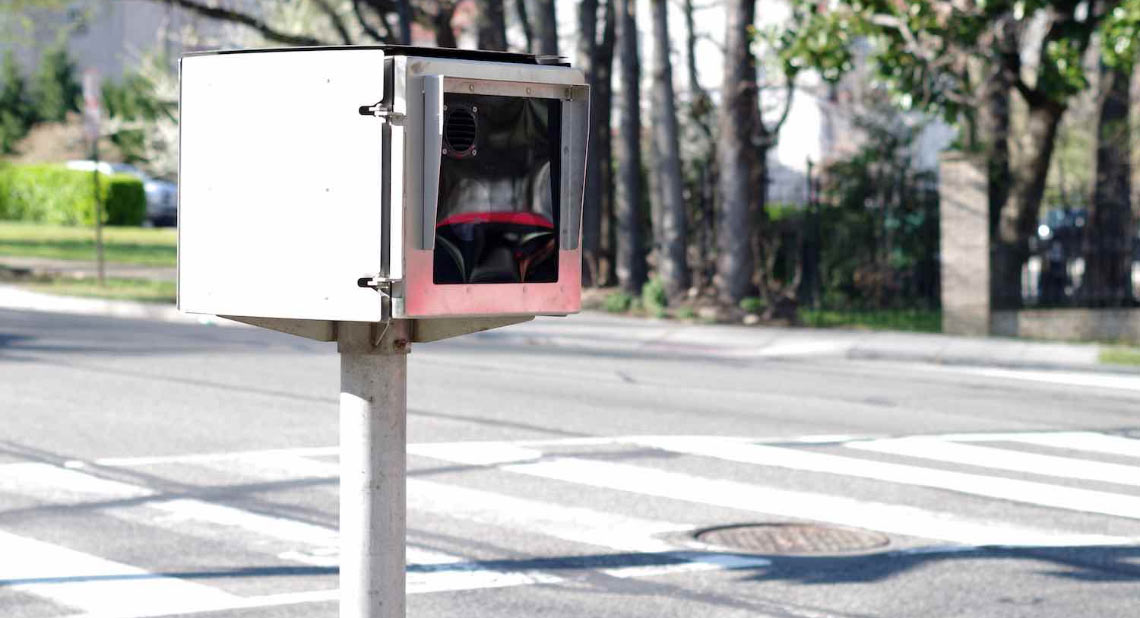Can’t tell your pelican from your zebra? This helpful guide from Car Buyer explains the difference between these crossings and the other main types that we have here in the UK.
A Pelican crossing is controlled by a set of normal traffic lights facing approaching traffic. Pedestrians can cross the road when the traffic lights are red for traffic and a green man facing the pavement is illuminated. It’s not the only type of crossing in the UK, so we’ve explained how to use a Pelican crossing and explained what the other main types are.
How to use a Pelican crossing
Pedestrians who want to cross the road using a Pelican crossing must press the button on a black and yellow box that’s usually mounted at around waist height on a traffic light pole by the crossing. A “WAIT” sign will illuminate and only go out when the traffic lights change to red. A set of lights for pedestrians showing a red and green man on the opposite side of the road indicates when it is safe for pedestrians to cross.
After a period of time, the green signal will begin to flash. At this time, or shortly after, the red signal for vehicles will change to a flashing amber light. This tells drivers that pedestrians still on the crossing must be given time to cross safely to the other side, while the flashing green man tells pedestrians not to start crossing the road. Once pedestrians are safely on the pavement, traffic may proceed.
Pelican crossings may also have a countdown timer for pedestrians to show how long is left to safely cross the road. After this, the crossing displays a red man for pedestrians and a green light for traffic.
How is a Zebra crossing different?
Unlike a Pelican crossing, a Zebra crossing doesn’t feature a set of traffic lights. A Zebra crossing is indicated by black and white stripes painted across the road, along with white and black striped poles at either side, topped with yellow lamps, called Belisha beacons.
Pedestrians have right of way at Zebra crossings, so drivers need to be prepared to slow down and stop if they see someone standing at the kerb waiting to cross, or already crossing. Motorists should wait for pedestrians to reach the other side before proceeding.
Even though pedestrians have the right of way, they should take care and be certain that drivers have seen them waiting and clearly started to slow down or come to a stop, before stepping onto the crossing.
What is a Puffin crossing
A Puffin crossing works similarly to a Pelican crossing, however pedestrians will not see a green or red figure mounted high up the traffic light pole on the opposite side of the road. Instead, the illuminated symbol is shown on the yellow and black box that also has the push-button.
Puffin crossings are also fitted with sensors that can detect when pedestrians are waiting to cross and when they have safely crossed the road. Pedestrians should wait for the green man to appear on the yellow and black box before crossing and traffic will be given a red signal until the sensors detect pedestrians have fully crossed. Puffins do not display a flashing amber signal to motorists. This should make life easier for pedestrians and speed up traffic flow by returning the traffic signals to green if there are no longer pedestrians on the crossing.
What is a Toucan crossing?
A Toucan crossing is similar to a Puffin crossing, using sensors to detect pedestrians on the pavement and in the road. The main difference is that pedestrians and cyclists are both allowed to use the crossing from one side of the road to the other.
For this reason, Toucan crossings are usually wider to accommodate cyclists alongside pedestrians, and will display a green signal for cyclists alongside the one for pedestrians. These are synchronised.
What is a Pegasus crossing?
While a Toucan crossing is intended for pedestrians and cyclists, a Pegasus crossing is designed to allow pedestrians and horse riders to cross at the same time. These are typically wider than Pelican or Puffin crossings and can feature an additional green signal for equestrians, along with a raised push-button that can be more easily operated by a horse rider.
How does a staggered crossing differ?
A staggered crossing is the name given to two or more separate crossings installed to get pedestrians across a larger road. Wide and busy roads with multiple lanes often have staggered crossings that include central ‘refuge’ sections for pedestrians; this is to make crossing safer and also to accommodate any difference in the signals given to traffic flowing in different directions.
Staggered crossings should be considered as a series of separate crossings. That means that crossing one section of the road covered by a green signal for pedestrians doesn’t automatically mean it’ll be possible to continue without stopping into the next crossing to finish traversing the entire road.
What is a Panda crossing?
Introduced in 1962, the Panda crossing only lasted until 1969 before being replaced by the Pelican crossing. Like the latter, the Panda crossing operated via a push-button system that was intended to be an upgrade over Zebra crossings, but its sequence of lights proved confusing for drivers and pedestrians and the system was plagued with mechanical failures.
This article was written by Andy Goodwin from Car Buyer and was legally licensed through the NewsCred publisher network. Please direct all licensing questions to legal@newscred.com.
Related articles
Traffic enforcement cameras: the different types explained
Toll road and congestion scheme charges across the UK
A guide to overtaking safely on the road
![]()








